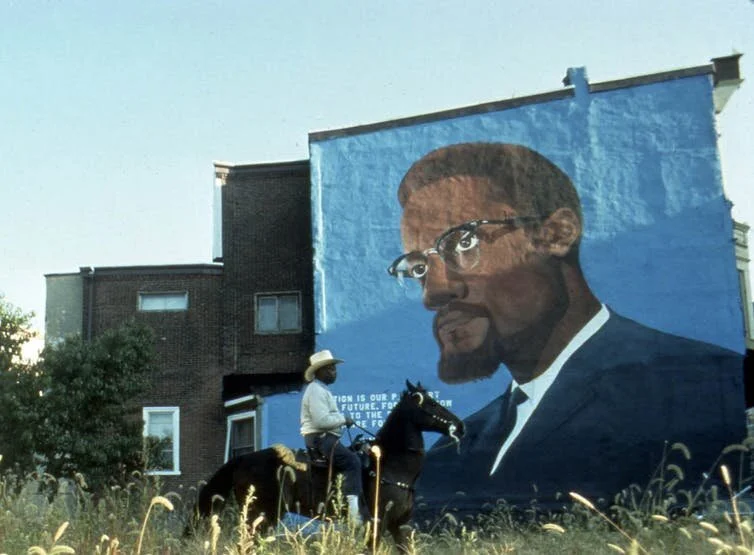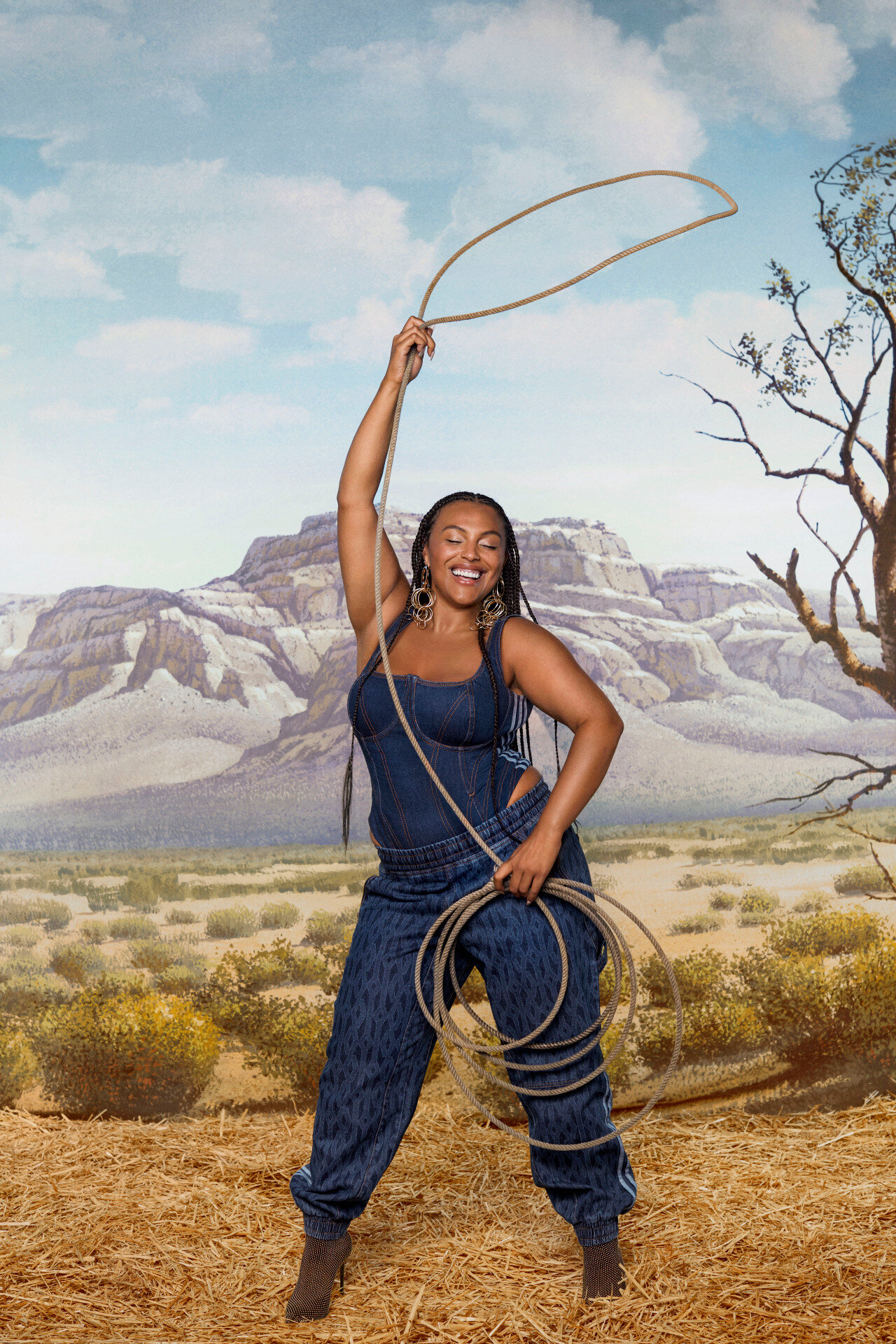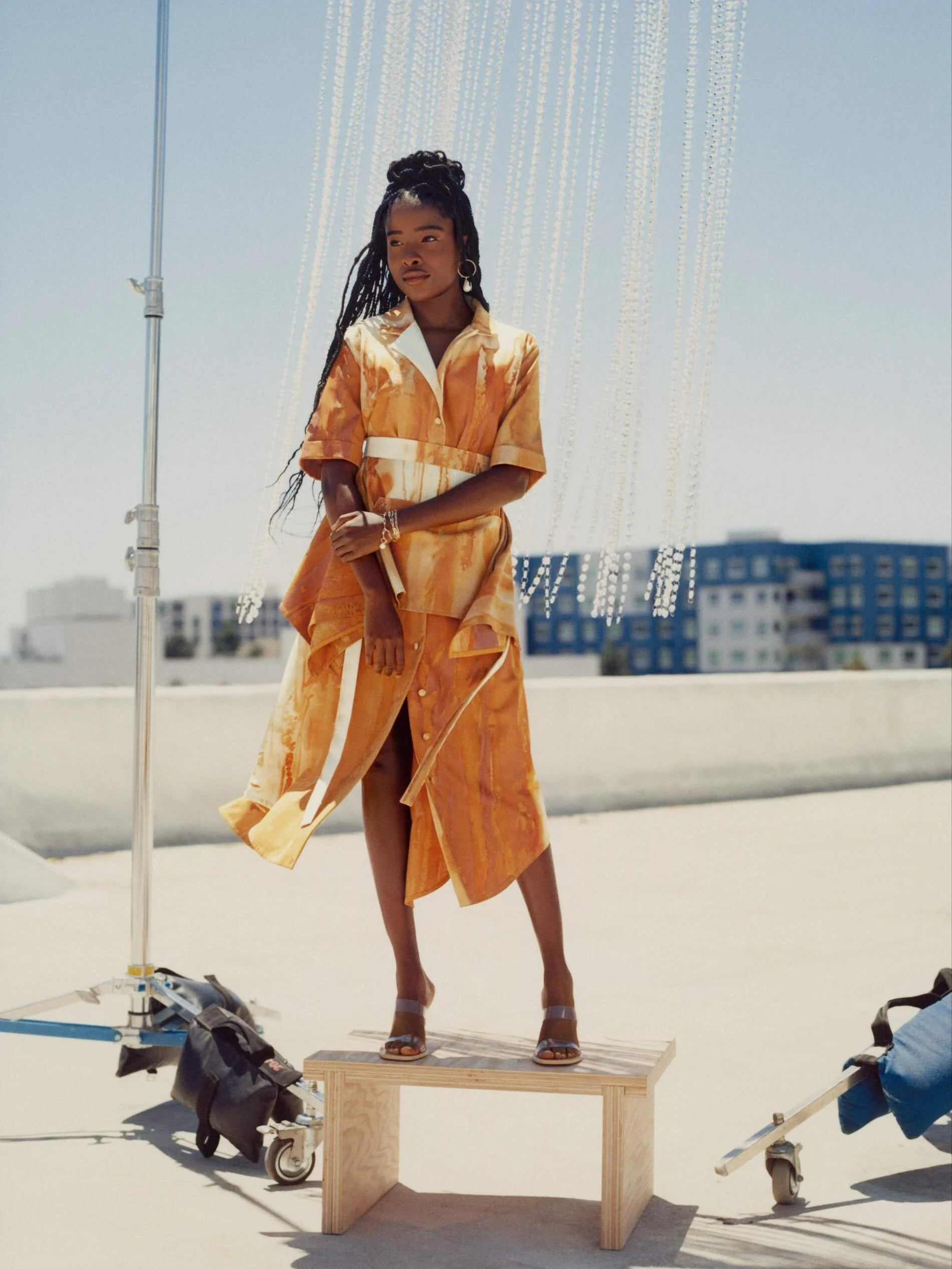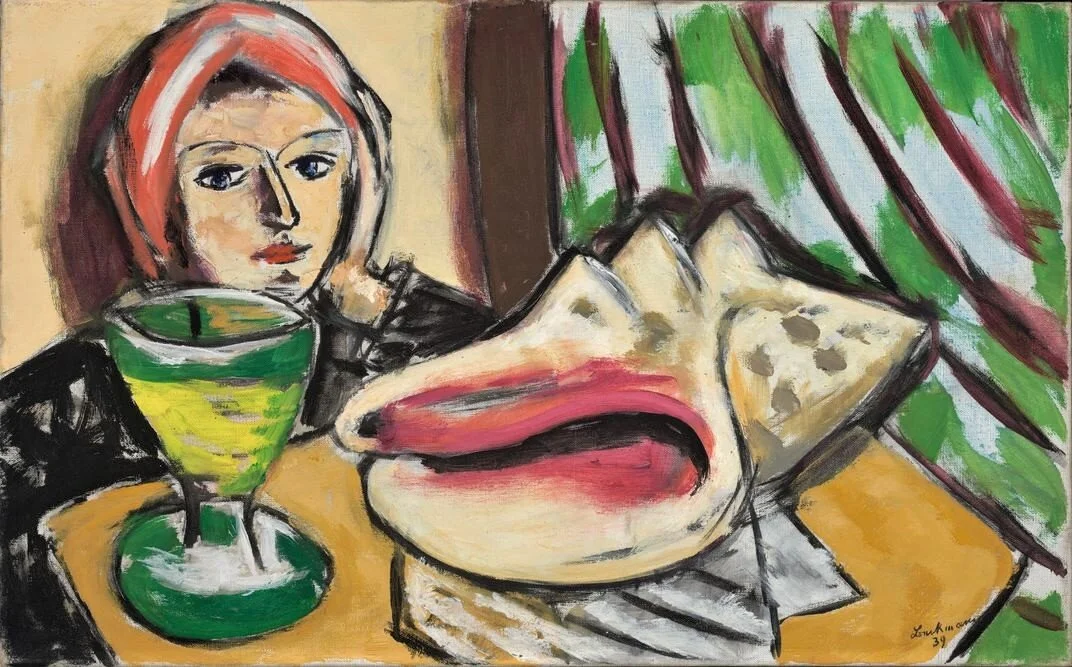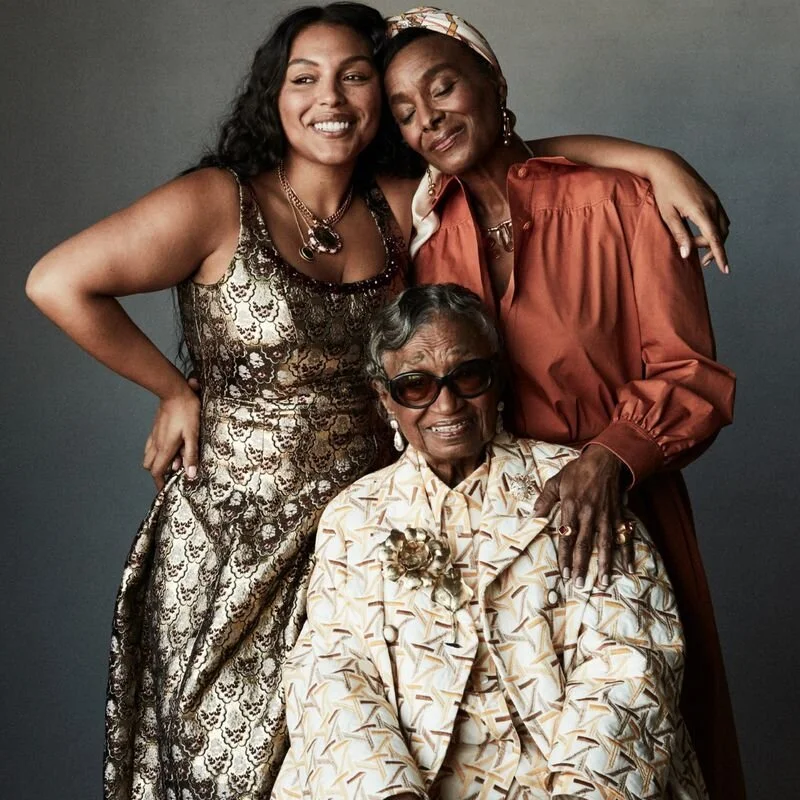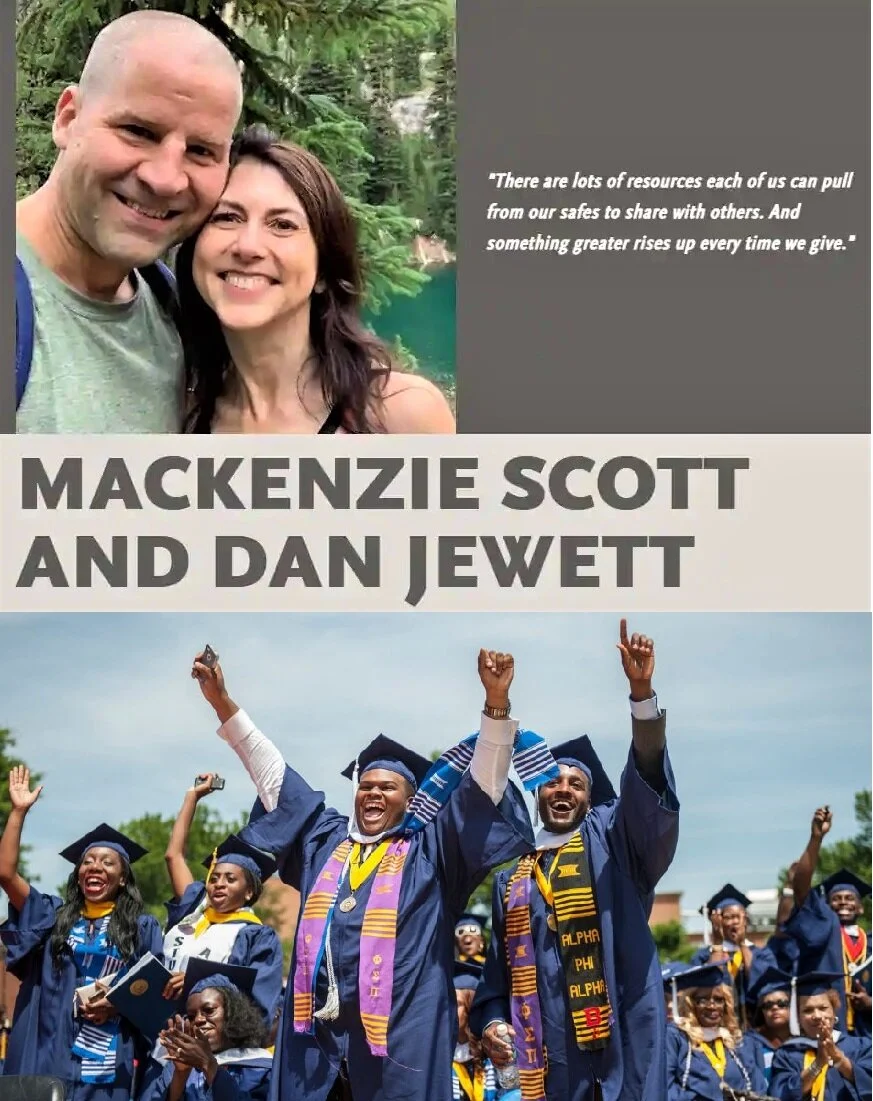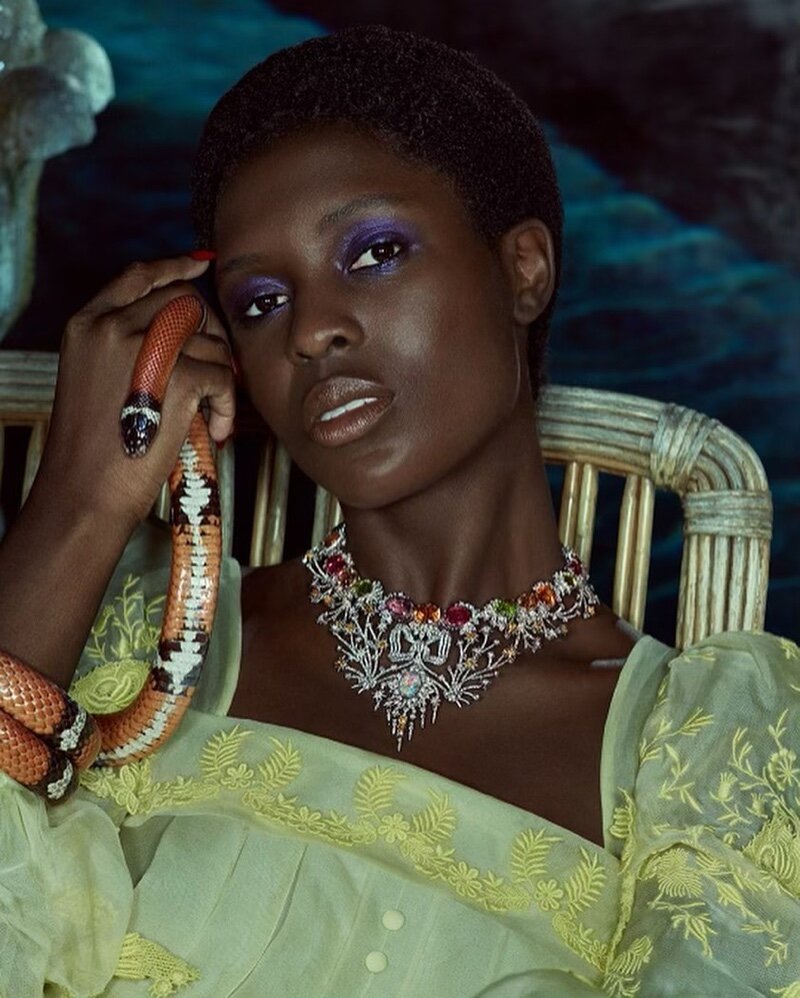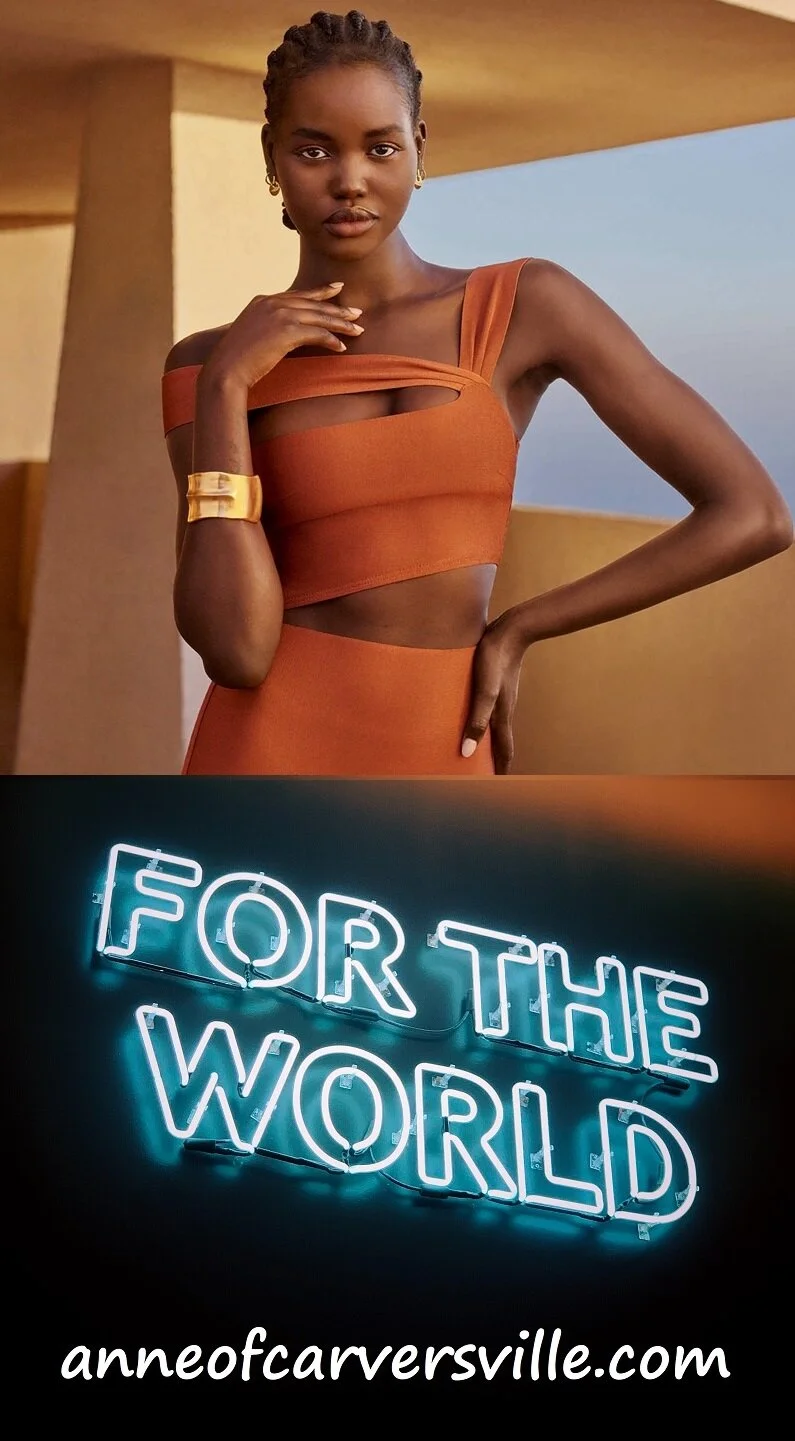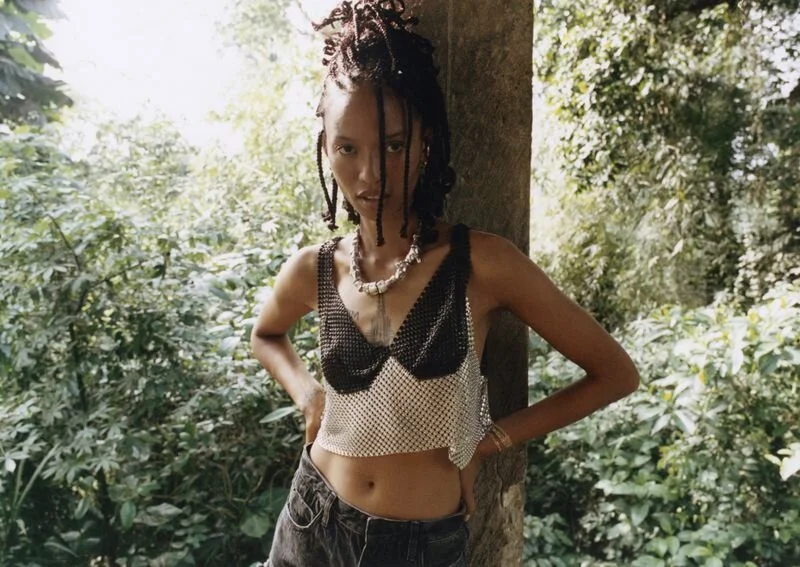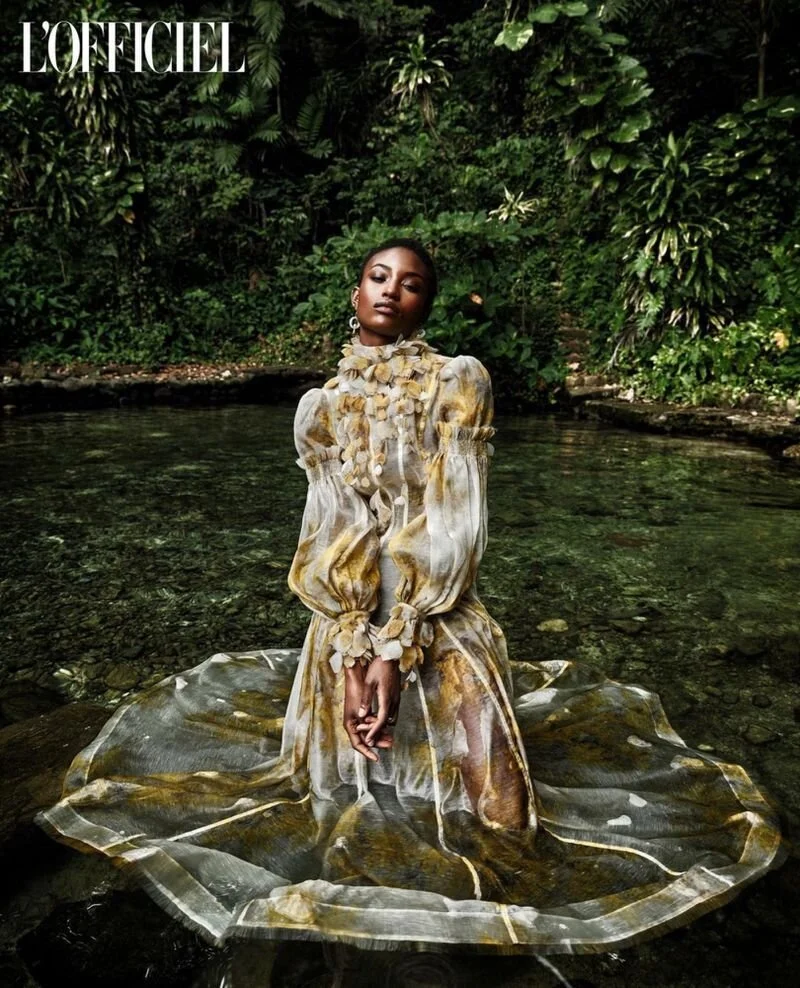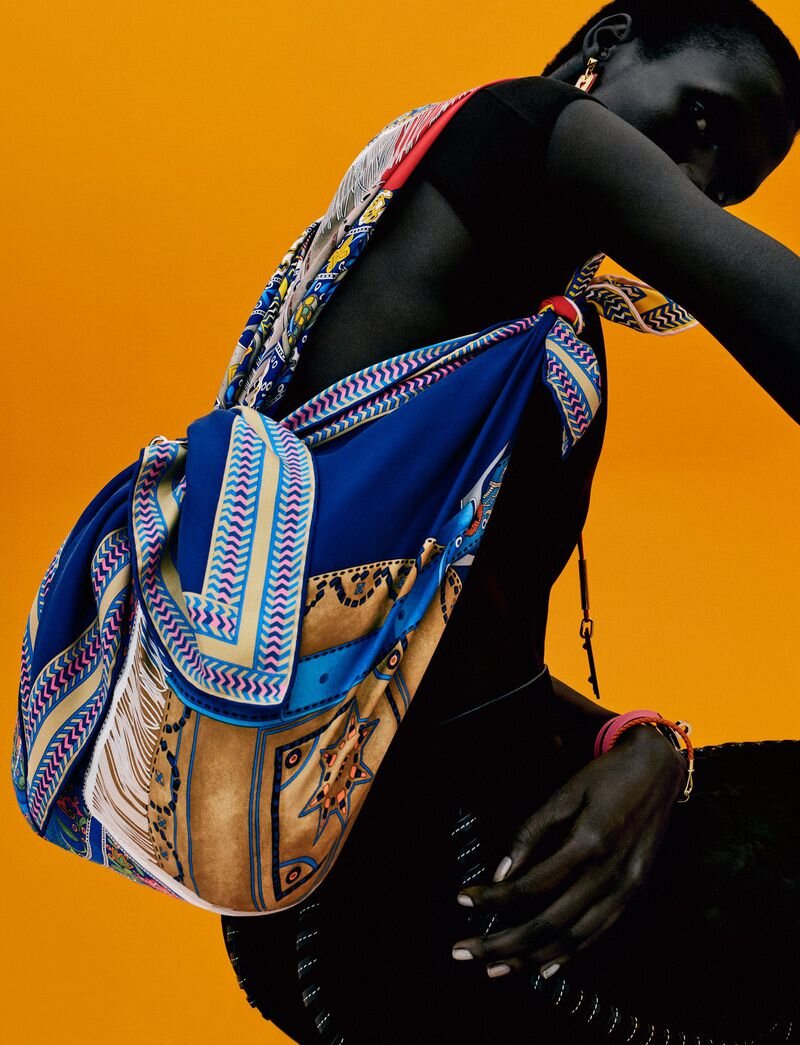Edward Colston Museum Display: What Happens Next for the Fallen Statue
/By Joanna Burch-Brown, Senior Lecturer in Philosophy, University of Bristol. First published on The Conversation.
When Black Lives Matter protests broke out in the summer of 2020, attention quickly turned to perceived symbols of oppression. After years of calls to remove racist monuments, Confederate and colonial statues quickly came down all over the world. But despite this, art historian Erin Thompson has found that many or most have gone up again in new locations.
Some statues have been moved into museums; others have been moved to private locales owned by people who are most enthusiastic about preserving them. Few have been destroyed, and in many places, including the UK, new laws block removal of statues, prescribing instead that they should be retained and explained. Thompson argues that since permanent removal is rare, the question is less whether statues should be removed, and more where they should be located, and how they should be contextualized.
One common proposal is to move such statues to a museum. Another is to keep them in place and add plaques, artwork or counter-memorials. A third option is to place new statues or artwork elsewhere, to create more balanced representation across an entire area. The idea behind each of these “recontextualizing” methods is that changing the context of the statue can change its meaning.
People often think of such methods as a middle path that strikes a balance between removal and preservation. But it is rarely that simple. As I’ve argued elsewhere, a move that is dramatic enough to change the meaning of a statue is often just as controversial as removal, while subtler courses of action may not really alter the meaning of the statue at all.
Adding layers to the landscape by commissioning new works may seem like the most friction-free route. But in fact, as New York City’s commissioning process shows, commissioning new artworks to rebalance representation can be fraught because artists and artworks invariably represent particular communities, values and tastes, and not others.
Shaping Edward Colston’s new display
This year, I had a chance to reflect on these questions in a new way when I helped advise on curatorial decisions for a temporary display of Edward Colston’s statue in Bristol’s M Shed museum. The museum had to figure out how to display a dramatically damaged statue of a figure who had symbolised generosity, kindness and philanthropy to one part of the community, and injustice, suffering and oppression to another.
I rang colleagues in the US and Europe but none knew of recently vandalised statues on display in museums. We found valuable resources like the International Coalition of Sites of Conscience – a “global network of historic sites, museums and memory initiatives that connects past struggles to today’s movements for human rights” – but we still had to think through complex ethical issues, with limited examples to draw from.
What are the ethics of displaying a vandalized statue? The questions were myriad. Should the statue be standing up, lying down, or somewhere in between? Should the graffiti be preserved, or washed away? Should it be surrounded by placards and images of protesters, or should the space around the statue be neutral and open?
We chose to create a welcoming space that eschewed harsh imagery or language –except where necessary to honestly depict events. The museum has rightly presented the statue as it received it, fallen and painted. Though the statue is controversially lying down with the graffiti intact, the reason is straightforward: it was too damaged to stand upright, and the curators decided to preserve the spray paint from BLM protests - a material record of the statue’s most significant historical moment.
The exhibition
The thematic colour of the exhibition is a brilliant light blue, symbolizing clarity. The space immediately above and around the statue is also neutral, open and reflective. This was achieved by keeping the wall blank and projecting a series of three-part dialogues and rhetorical questions over the statue. One dialogue says:
“I was euphoric when the statue came down.”
“Really? I was horrified!”
“I felt like a great weight was lifted.”
How did you feel when Colston’s statue was toppled?
This disappears, and then another dialogue says:
“Everybody knows slavery is wrong. But you can’t change history.”
“Statues don’t teach history. They honour people.”
“Colston’s statue has taught me history. When I see it, I reflect on the bad things and feel grateful for the good.”
What is the purpose of statues and memorials?
Different sides take turns, and the question is handed back to the visitor to form their own judgements, enabling us to represent diverse views in a way that allows for the possibility of evolving ideas.
Once you move past the statue, there’s a wall with octagonal photographs of colourful Bristol street art framed around a mirror, so that visitors see their own reflection with Bristol in the background. Viewers are also prompted to ask how Bristolians can best come together. On the central side of this panel, a wall of responses to a survey about the future of the statue are projected, so that public voices appear in real time within the display.
The M Shed exhibition may well provide valuable lessons for other museums as they decide how to display contested statues.
Through conversation and consultation, it is now for us to work out what the next directions should be for the Colston statue. There’s no easy answer. But as policy-maker Ben Stephenson, consultant Dr Marie-Annick Gournet and I argue in our forthcoming Guidelines for Public Bodies Reviewing Contested Statues, it is key that all voices are welcome, and that the process is transparent, accountable, fair and inclusive, with democratic legitimacy and an emphasis on public dialogue and mutual respect.
It is equally key that we concentrate not only on statues, but also on taking this moment to inspire change towards a more equal society, while fostering ways for people to connect across political differences. That is the idea behind our next big project, Bridging Histories, a free public-learning programme launching June 10, which will exemplify how histories can bring us together to shape positive change for the future.



